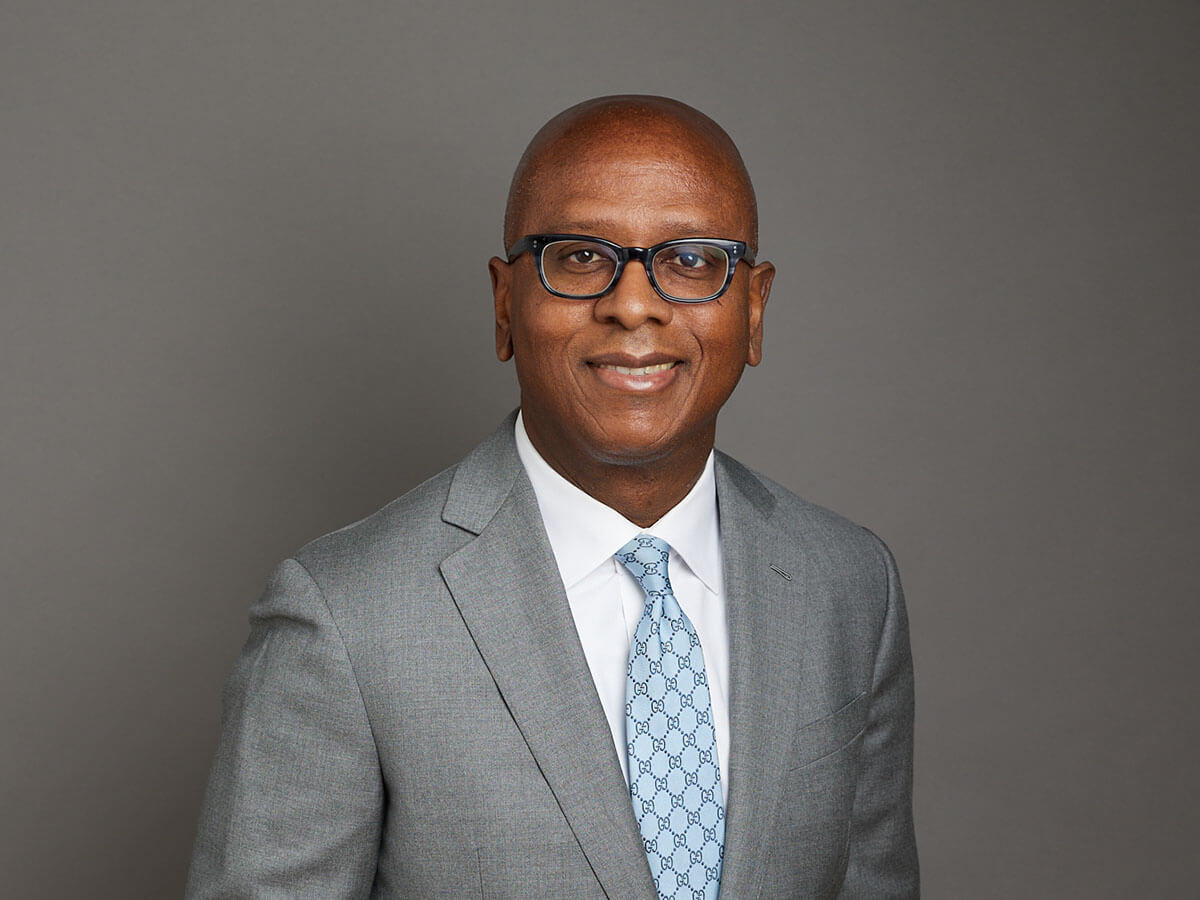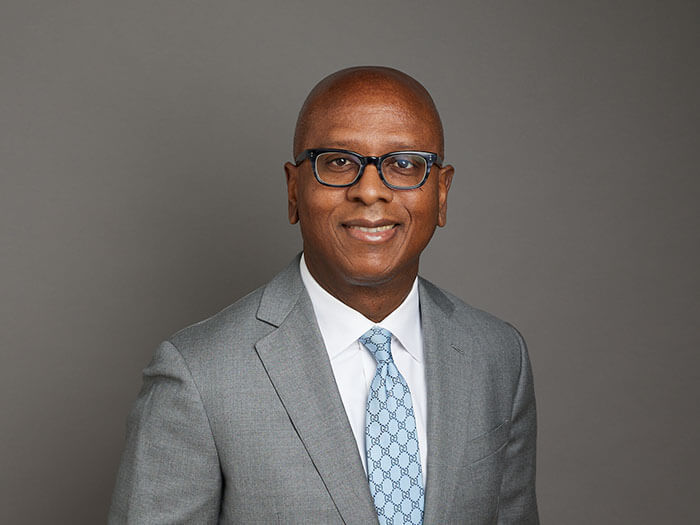
‘Building a strong network is key to success as a racialized person’
 FCPA Rob Davis says finding a niche to differentiate yourself is one of the keys to success (Photo courtesy of KPMG)
FCPA Rob Davis says finding a niche to differentiate yourself is one of the keys to success (Photo courtesy of KPMG)
Last February, FCPA Rob Davis was appointed as chief inclusion and diversity (I&D) officer at KPMG Canada as well as chair of its board of directors.
For Davis, who emigrated with his family from Jamaica in 1975, the double appointment sent a powerful message to the business community that KPMG is serious about improving the representation of people from diverse backgrounds at the firm. “I will be there as a constant reminder to make sure we’ve got I&D strategies and goals top of mind,” he said, shortly after taking on his new roles.
Here, Davis offers his views on how organizations can improve their diversity profile—and how people from racialized backgrounds can improve their chances for success.
CPA CANADA: Why do you think it is important to have diverse representation at all levels in an organization?
Rob Davis (RD): To me it’s human nature. Representation matters because as a racialized person, if you don’t see people who look like you at senior levels, you just don’t believe you are going to get there.
That was certainly true in my case. When I graduated from the University of Toronto in 1989, I went to work with a KPMG predecessor, Peat Marwick. After qualifying, I moved into the tax area in 1992. But, even though I was doing interesting work, I decided in 1999 to leave to work for a client.
This was partly because I wanted a new challenge and a change, but it was also [because] I didn’t see a way to advance at KPMG. At the time, there were very few women and people from diverse backgrounds at the partner level. So, even though I was continually told I had what it takes to become a partner, I just didn’t believe it.
But in 2005, six years after leaving KPMG, I started to see more progress in terms of I&D at the firm. Also, there was a need for a partner in transfer pricing, which was just in its infancy. I could see a clear path for partnership, so I decided it was a good time to come back.
CPA CANADA: Based on your personal experience to date, do you have any tips for people from racialized groups to help them succeed?
RD: I would recommend finding a niche—a technical specialty—that will allow you to differentiate yourself.
Also, seeking out mentors is essential. Over the years, I’ve found that when you are from a racialized group, as I am, you have to be much more intentional about seeking mentors.
From day one, start building your network inside and outside the organization. And make sure to have regular touchpoints with everyone. Ultimately, having a strong network is what will propel you to new heights in your career. I’ve certainly experienced that myself.
CPA CANADA: What practical steps can organizations take to improve their diversity profile?
RD: Being the accountant that I am, I would say data is critical. You need to collect and analyze data to identify systemic barriers. It’s only by recognizing the barriers and understanding where you are and where you want to go that you can deliver any kind of meaningful change.
It’s also important to address conscious and unconscious bias in your policies and processes. One reason cited for the lack of diversity at the senior level in organizations is the fact that there are not enough candidates with the needed experience. So, you need to focus on your talent pipeline and assess whether women and people from racialized groups have been denied access to leadership and development opportunities early in their careers. I think this is critical if we want to seek any kind of sustained change going forward.
In addition to determining where the organization stands in terms of diversity, equity and inclusion, you need to provide mentorship, sponsorship and other opportunities for people to succeed.
And you need to set ambitious goals. People achieve by setting targets and measuring their progress against them. The same principle exists in terms of building a more diverse and inclusive workforce.
IMPROVE YOUR DEI KNOWLEDGE—AND POLICIES
Learn how to use diversity, equity and inclusion policies to “spur action versus being defensive.” Find out how the Big Four celebrate the spirit of Pride all year long. And use these expert negotiation tips for women and racialized groups to forge better solutions at work.